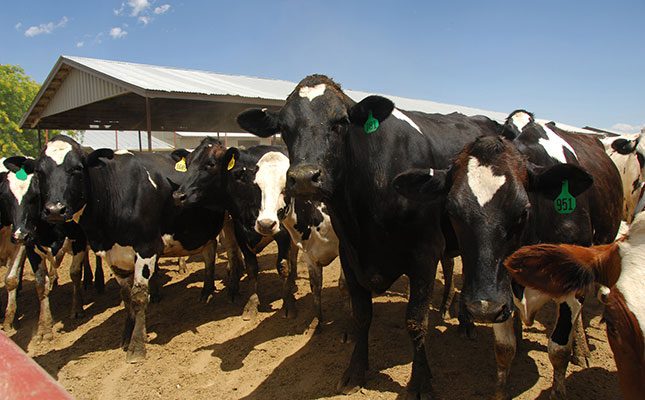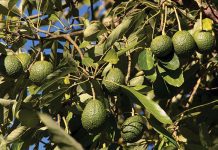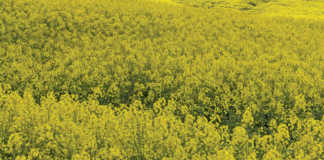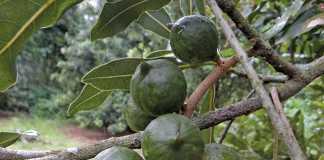
Photo: Flickr | USDA
This was according to officials from the US Department of Agriculture (USDA), speaking during an international meeting held recently.
The need to improve biosecurity measures on dairy farms was thus of the utmost importance as contaminated milking equipment, the farmworkers milking the cows, or a combination of these two factors, could partly be responsible for the spread of bird flu (as it is commonly known) to cows.
READ Challenges and opportunities expected for dairy production
The USDA director of ruminant health, Mark Lyons, said during the meeting that the virus could potentially be transmitted from cow to cow in milk droplets on the clothing or gloves of dairy workers, or in the suction cups attached to the udders of cows when they were being milked.
USDA researchers found in tests on milk, nasal swabs and blood from cows at the affected farms that there was clear evidence of the H5N1 virus strain in the milk.
“This suggests the virus may only be replicating in the udder, not within the body of the cow. That makes cow-to-cow transmission of the virus less likely,” a report by the agriculturedive.com website said.
“We haven’t seen any true indication that the cows are actively shedding [the] virus and exposing it directly to other animals,” Lyons explained.
According to a live tracker on the USDA’s website, the virus had spread to cattle in six states by 8 April, after the first case was detected in dairy cows on 25 March, agriculturedive.com reported.
The USDA further confirmed that there had been no reports of the bird flu virus being detected in beef cattle, while one person had tested positive after presumably coming in contact with infected dairy cows in Texas. It was stressed, however, that the risk of transmission to the general public was low.
Another potential cause of transmission was reportedly transportation, which could explain how the virus was able to spread between states. For example, infected cows from a farm in Texas were unknowingly transported to farms in Idaho, Michigan and Ohio, according to the USDA officials.
READ Why this Durbanville dairy keeps on winning awards
Science.org reported that Suelee Robbe Austerman of the USDA’s National Veterinary Services Laboratory in Ames, Iowa, had said: “The cow viruses so far have all been similar enough that it would be consistent with a single spillover event or a couple of very closely related spillover events. So far, we don’t have any evidence that this is being introduced multiple times into the cows.”
In an effort to contain the outbreak, federal and state animal health officials issued recommendations for cattle operators on how to enhance their biosecurity by limiting the number of people on farms, as well as avoiding the transportation of animals to other locations, agriculturedive.com said.
The USDA and the US Food and Drug Administration stressed, however, that there was “no concern” that the virus could contaminate commercial milk, as the regulatory practices and pasteurisation process would kill any viruses.
Meanwhile, the Centers for Disease Control and Prevention issued updated recommendations for farmworkers to avoid close contact with dead animals, faeces, milk or litter from affected birds or livestock. The agency also recommended that farmworkers should wear personal protective equipment, according to agriculturedive.com.












